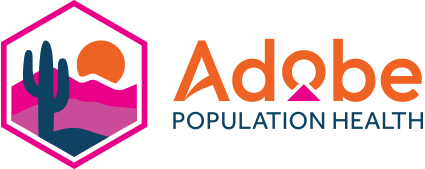Mental health challenges are deeply intertwined with poverty. Research shows that people in the lowest income brackets are up to three times more likely to suffer from depression or anxiety than the rich, and 1 in every 3 homeless people struggled with a severe mental health condition.
Common Mental Health Challenges for Low-Income Individuals
Financial stress, unemployment, and income instability cause mental health conditions. Overcrowded and unsafe housing, exposure to violence, limited access to nutritious food, and the constant strain of making ends meet are major causes of chronic stress—which soon takes a toll on mental health.
For people living in poverty, mental health issues like anxiety, depression, and post-traumatic stress disorder are pervasive. However, seeking support to help overcome these mental health challenges is rarely prioritized. Day-to-day survival frequently overshadows the pursuit of well-being, leaving these challenges largely unaddressed.
And even when mental health becomes a priority, access to care is often limited. Transportation costs, lack of childcare, and restricted access to medications are significant obstacles that prevent many from receiving the support they need. As a result, mental health issues remain unaddressed.
The Bidirectional Link Between Poverty and Mental Health
Where poverty worsens anxiety and depression, these conditions limit people from improving their financial situation. Those who are depressed may find it hard to maintain employment. When depressed, it can be hard to focus and perform well at work, and even getting up, dressed, and traveling to the workplace can be a daily struggle.
Additionally, mental illnesses increase the likelihood of risky behaviors, such as impulsive spending, which can worsen financial instability. Adults with depression also have a 64% increased risk of heart disease and a 60% greater risk of developing diabetes. These diseases not only lead to higher healthcare costs but also introduce daily struggles that compound existing mental health challenges.
This creates a cycle of hardship that feels difficult, if not impossible, to escape. Breaking this cycle requires addressing both mental health and socioeconomic factors.
How Adobe Population Health Can Help
Overcoming mental health challenges requires more than just traditional treatment. By addressing both environmental challenges and access to treatment, Adobe Population Health is helping to create a foundation for better mental well-being in underserved communities and break the cycle.
One key resource is Adobe’s MASLOW survey, which identifies social determinants of health that may block access to care. By pinpointing barriers such as food insecurity, lack of transportation, and housing instability, MASLOW connects members with local resources that address these fundamental needs. Providing access to food, transportation, and stable housing can help lower stress levels, make it easier for individuals to maintain employment, and–over time–improve financial stability.
Adobe complements this by enhancing direct access to mental health services. With transportation assistance, medication delivery, and affordable support services, Adobe reduces logistical barriers that often prevent those in poverty from receiving care.
The Path Forward: Improving Mental Health in Low-Income Areas
At Adobe, we envision a future where everyone—regardless of income—can access the support they need to lead healthier, more fulfilling lives.
By addressing the root causes of mental health challenges, Adobe Population Health is already making a difference in underserved communities. As more communities embrace these approaches, we’re beginning to see the positive impact: improved mental well-being, greater stability, and new pathways toward long-term success.
For more information on how Adobe can support mental health in your community, visit Adobe Population Health.

